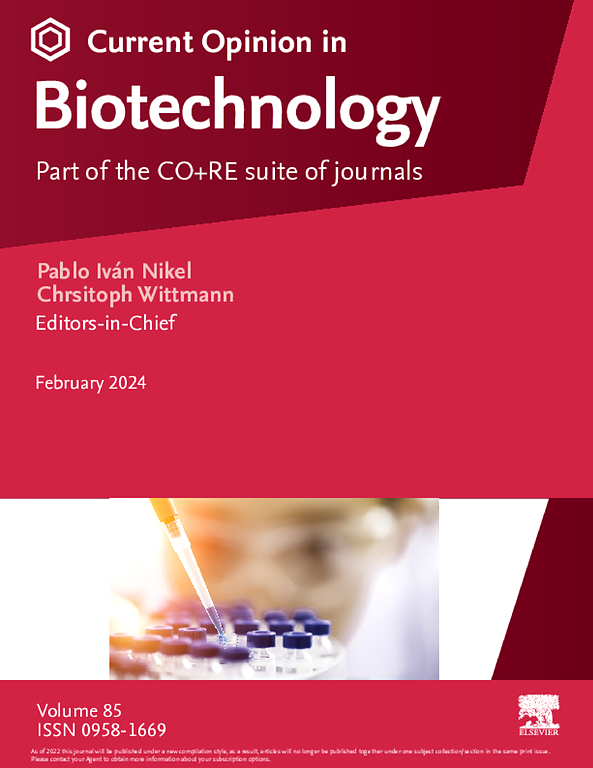致幻剂生物合成的途径工程
IF 7.1
2区 工程技术
Q1 BIOCHEMICAL RESEARCH METHODS
引用次数: 0
摘要
几个世纪以来,自然产生的精神活性化合物一直用于文化和民族医学目的。还有几个这样的分子继续被化学合成,表现出广泛的效力、治疗和致幻作用。有希望的临床数据和对理解作用的细胞机制的重新兴趣激发了合成生物学努力开发迷幻化合物的替代生产途径。在这里,我们重点介绍了吲哚胺(裸盖菇素,N,N-二甲基色胺,5-甲氧基-N,N-二甲基色胺和丁氟tenine),麦角胺(麦角酸)和苯乙胺(美斯卡林)在真核和原核生物生产宿主中的最新生物合成成就。我们进一步整理了一份相关的生物合成酶清单,这些酶已经报道了成功的体内异源活性。本文章由计算机程序翻译,如有差异,请以英文原文为准。
Pathway engineering for the biosynthesis of psychedelics
Naturally occurring psychoactive compounds have been used for cultural and ethnomedical purposes for centuries. Several more such molecules continue to be chemically synthesized, exhibiting a wide range of potency, therapeutic, and hallucinogenic effects. Promising clinical data and a renewed interest in understanding the cellular mechanisms of action have inspired synthetic biology efforts to develop alternative production routes for psychedelic compounds. Here, we highlight the latest biosynthetic accomplishments for indolamines (psilocybin, N,N-dimethyltryptamine, 5-methoxy-N,N-dimethyltryptamine, and bufotenine), ergolines (lysergic acid), and phenethylamines (mescaline) in both eukaryotic and prokaryotic production hosts. We further curate a list of relevant biosynthetic enzymes that have reports of successful in vivo heterologous activity.
求助全文
通过发布文献求助,成功后即可免费获取论文全文。
去求助
来源期刊

Current opinion in biotechnology
工程技术-生化研究方法
CiteScore
16.20
自引率
2.60%
发文量
226
审稿时长
4-8 weeks
期刊介绍:
Current Opinion in Biotechnology (COBIOT) is renowned for publishing authoritative, comprehensive, and systematic reviews. By offering clear and readable syntheses of current advances in biotechnology, COBIOT assists specialists in staying updated on the latest developments in the field. Expert authors annotate the most noteworthy papers from the vast array of information available today, providing readers with valuable insights and saving them time.
As part of the Current Opinion and Research (CO+RE) suite of journals, COBIOT is accompanied by the open-access primary research journal, Current Research in Biotechnology (CRBIOT). Leveraging the editorial excellence, high impact, and global reach of the Current Opinion legacy, CO+RE journals ensure they are widely read resources integral to scientists' workflows.
COBIOT is organized into themed sections, each reviewed once a year. These themes cover various areas of biotechnology, including analytical biotechnology, plant biotechnology, food biotechnology, energy biotechnology, environmental biotechnology, systems biology, nanobiotechnology, tissue, cell, and pathway engineering, chemical biotechnology, and pharmaceutical biotechnology.
 求助内容:
求助内容: 应助结果提醒方式:
应助结果提醒方式:


